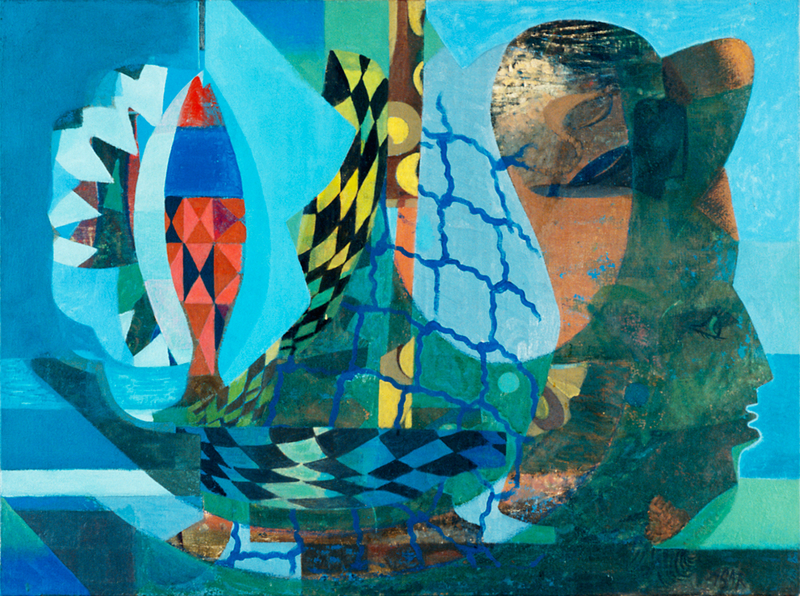How can three warm squares stir like a walk in German woodland or the carving of Riemenschneider and at the same time contain all the model of the Bauhaus, an art school (simple as that and Albers taught there) that strangely went on to have a powerful effect on common post-war design in Britain and still does?
Squares of
Albers arrived there in 1932 exactly halfway through his life and, after a lifetime of invention and experiment, settled, aged 61, on his experimental and inventive scheme 'Homage to the Square'.
He carried on making them for the last 25 years of his life and on the basis of these works alone I think of him as the missing link of American art in the twentieth century.
All of the engagement and detachment of Pop or Bellows or Rothko or Judd or Warhol are present in his variations, painted so roughly and tenderly on bits of
It is not impossible to imagine Van Gogh being moved by them.





































